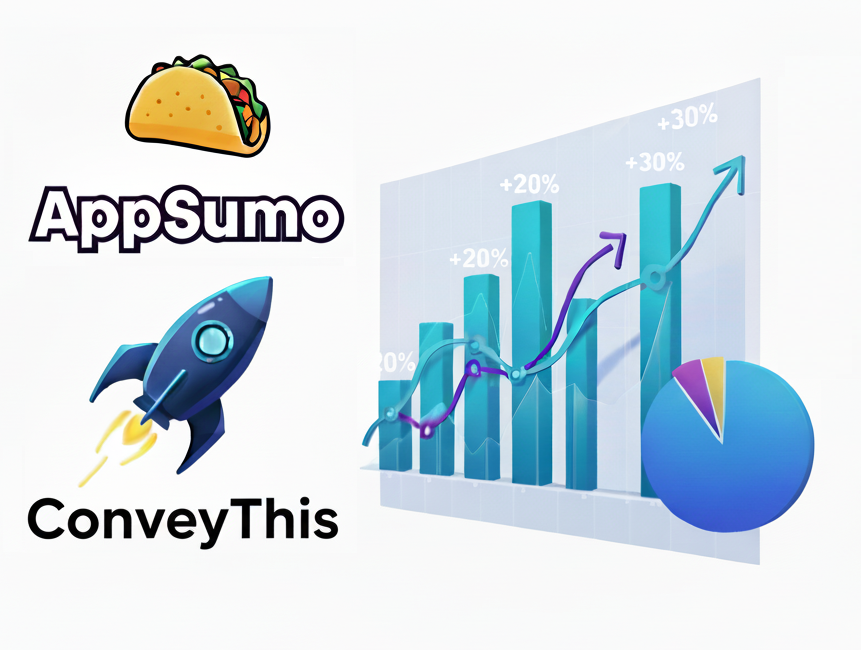Getting Started with a Google Translate API Key
What You Need to Know Before Generating a Google Translate API Key
Google Translate API allows developers to integrate translation functionality into their applications. To get started, you’ll need to sign up for a Google Cloud account and create a project. Once you have a project, you can activate the Google Translate API and obtain an API key. To use the API, make HTTP requests to the API endpoint with your key, text to translate, target language and other optional parameters. There are a variety of client libraries available for popular programming languages, which makes it easier to integrate the API into your project. Remember to secure your API key and restrict its usage to avoid unauthorized use and potential billing issues.
Google Translate API Key is a tool that provides an easy and efficient way to translate text into different languages. The API allows developers to integrate translation capabilities into their applications and websites. To use the API, a user must have a Google Cloud account and obtain a Translate API Key. The API Key is a unique string of characters that is used to authenticate API requests. It helps to identify the user, track usage, and enforce API usage limits. The API supports a wide range of languages and provides translation quality that is highly accurate. Understanding the basics of the API Key is crucial for developers who want to leverage the power of Google Translate in their projects. With the API Key, developers can offer users seamless translation services and make the world a smaller place, one language at a time.


Benefits of a Google Translate API Key
Google Translate API Key is a valuable tool for developers who want to integrate translation capabilities into their applications and websites. The API Key offers several benefits that make it a must-have tool for those who want to expand their reach to a global audience. Some of the key benefits of the API Key are:
- High Accuracy: The API Key provides highly accurate translations that can be relied on.
- Wide Range of Languages: The API supports over 100 languages, which means that users can reach a diverse audience.
- Seamless Integration: The API Key allows developers to seamlessly integrate translation capabilities into their applications and websites.
- Increased User Engagement: By offering multi-language support, developers can increase user engagement and satisfaction.
- Easy Access: The API Key is easy to obtain and use, making it accessible to developers of all skill levels.
In conclusion, a Google Translate API Key offers numerous benefits that make it a valuable tool for developers who want to expand their reach and offer multi-language support to their users. With the API Key, developers can provide high-quality translations and increase user engagement, making the world a smaller place, one language at a time.
Getting Started with a Google Translate API Key
Getting started with a Google Translate API Key is a simple and straightforward process. The API Key allows developers to integrate translation capabilities into their applications and websites, making it a valuable tool for expanding the reach of their projects. To get started, follow these steps:
Create a Google Cloud account: To use the Google Translate API Key, you must have a Google Cloud account. If you don’t have one, you can create one for free by visiting the Google Cloud website.
- Obtain the API Key: Once you have a Google Cloud account, you can obtain the API Key by visiting the API Library and enabling the Google Translate API. After enabling the API, you’ll be able to generate the API Key.
- Integrate the API Key into your project: Once you have the API Key, you can integrate it into your project by making API calls using the API Key. The API supports a wide range of programming languages, including Python, Java, and PHP, making it easy to integrate into any project.
- Start translating: With the API Key integrated into your project, you can start translating text into different languages. The API supports over 100 languages, which means that you can reach a diverse audience with your translations.
- Monitor API usage: You can monitor your API usage and enforce usage limits by visiting the API Dashboard. This is also where you can manage your API Key and make changes to your API usage.
In conclusion, getting started with a Google Translate API Key is a simple and straightforward process. By following these steps, you can quickly and easily integrate translation capabilities into your project and reach a global audience. The API Key provides high-quality translations and makes the world a smaller place, one language at a time.

Translation, far more than just knowing languages, is a complex process.
By following our tips and using ConveyThis , your translated pages will resonate with your audience, feeling native to the target language.
While it demands effort, the result is rewarding. If you’re translating a website, ConveyThis can save you hours with automated machine translation.
Try ConveyThis free for 3 days!
 No card details
No card details


